Clipart tagged: ‘Fresnel’
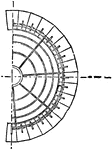
Catadiopteric Light
"Catadioptric Fixed Light.—This apparatus, in which a central burner is used, consists of a dioptric…

Catadiopteric Light
"Catadioptric Fixed Light.—This apparatus, in which a central burner is used, consists of a dioptric…
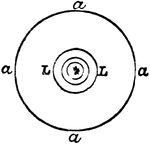
Catadioptric Holophote
"Catadioptric Holophote.—Part of the anterior hemisphere of rays is intercepted and at once parallelized…

Catadioptric Holophote
"Catadioptric Holophote.—Part of the anterior hemisphere of rays is intercepted and at once parallelized…
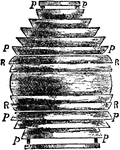
Dioptric Light
"First Application of Total Reflexion to Fixed Lights. In this apparatus Fresnel substituted his totally…
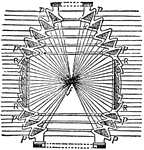
Fresnels Revolving Light
"Fresnel's Revolving Light. —In this form of revolving light the central burner is surrounded by annular…

Fresnels Revolving Light
"Fresnel's Revolving Light. —In this form of revolving light the central burner is surrounded by annular…

Fresnels Revolving Light
"Fresnel's Revolving Light. —In this form of revolving light the central burner is surrounded by annular…
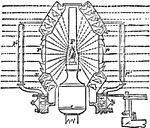
Fresnels Revolving Light
"Fresnel's Revolving Light. —In this form of revolving light the central burner is surrounded by annular…
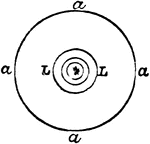
Holophotal Catadioptric
"Holophotal Catadioptric Apparatus Revolving round a Central Flame." —The Encyclopedia Britannica,…
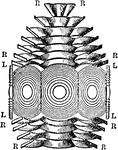
Holophotal Catadioptric
"Holophotal Catadioptric Apparatus Revolving round a Central Flame.—If in place of Fresnel's compound…

Reflecting Prism
"Fresnel next conceived the admirable improvement of employing the principle of "total" or internal…

Stevensons Revolving Light
"In 1835 Mr. Stevenson, in a report to the Northern Lighthouse Board, proposed to add fixed reflecting…